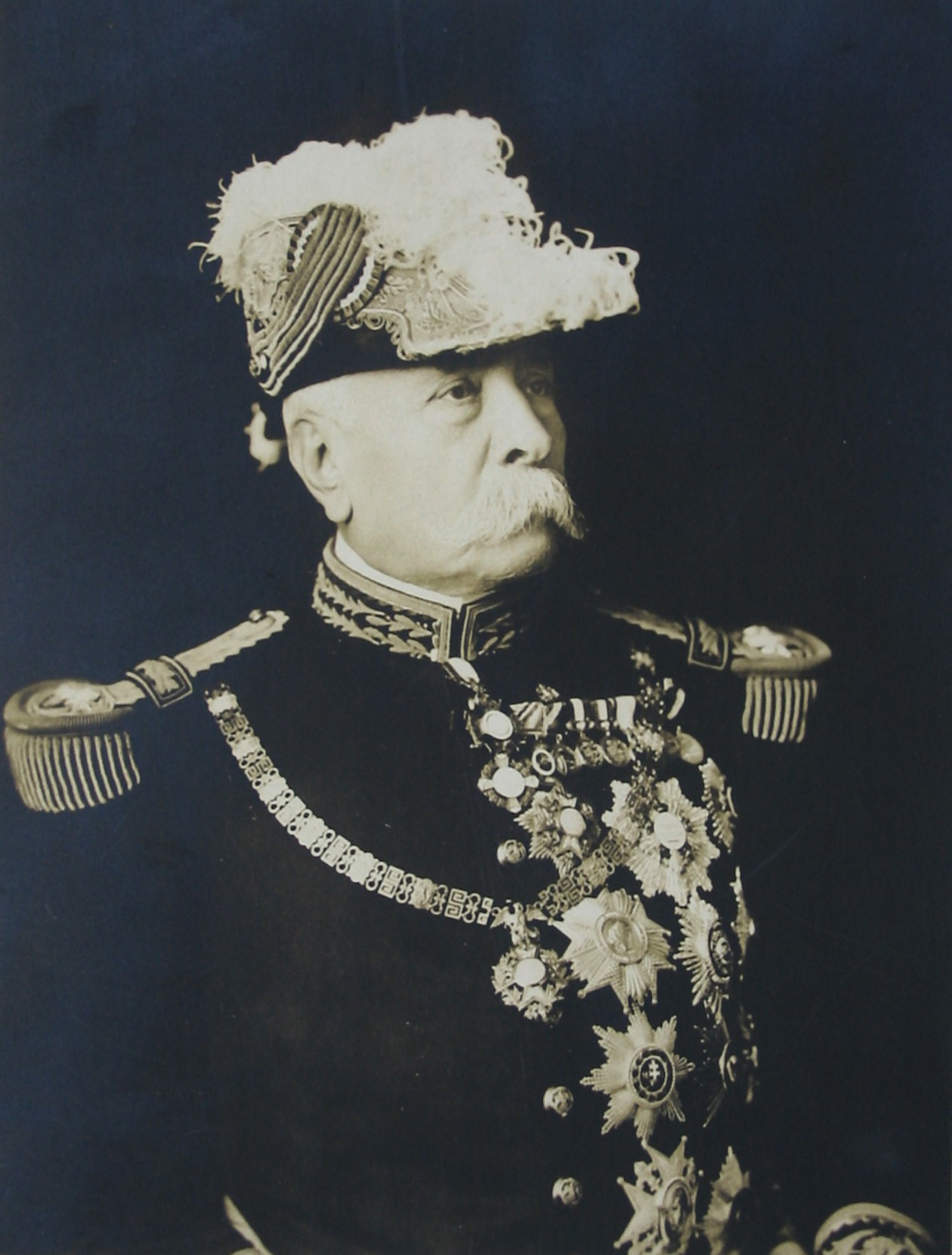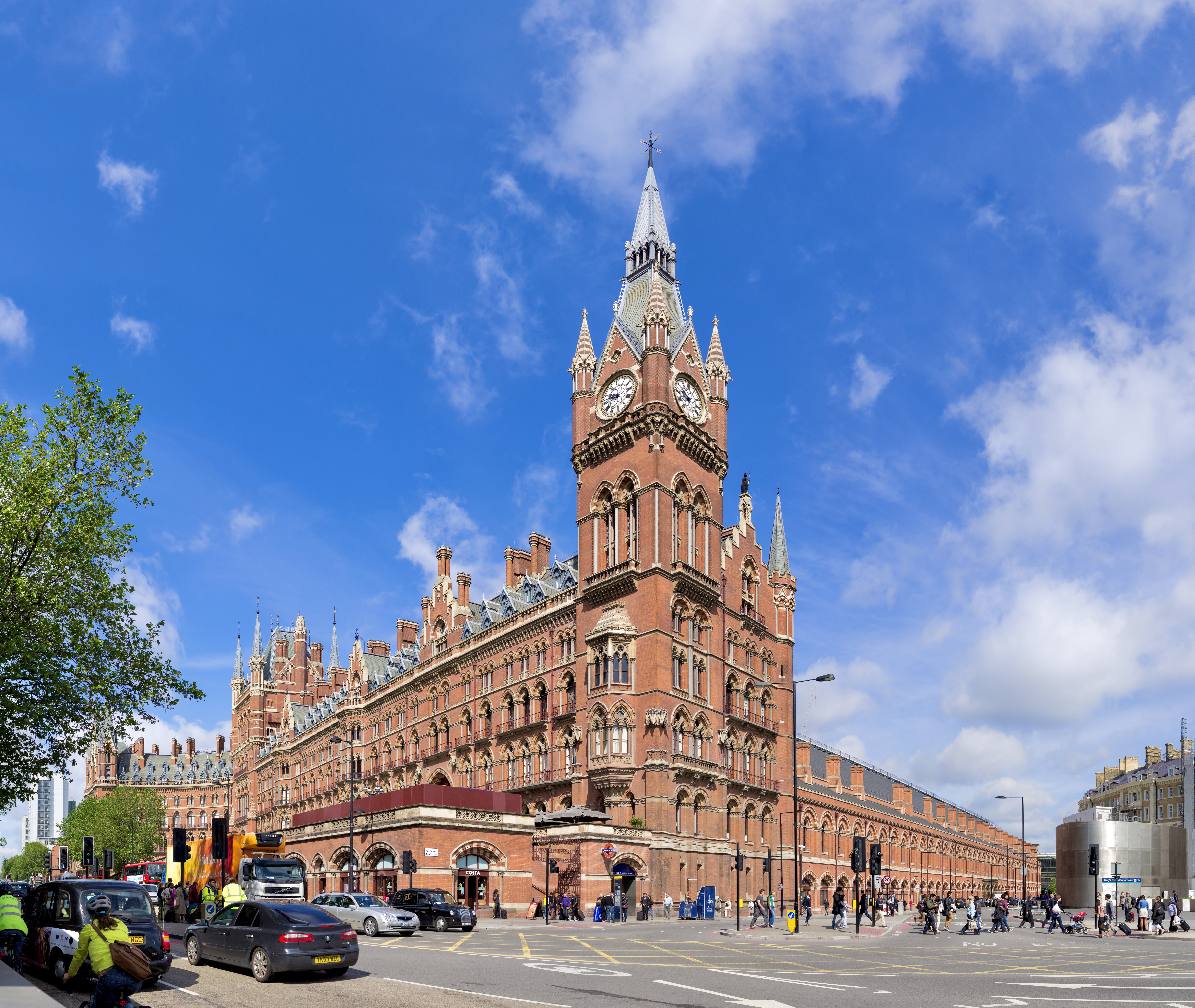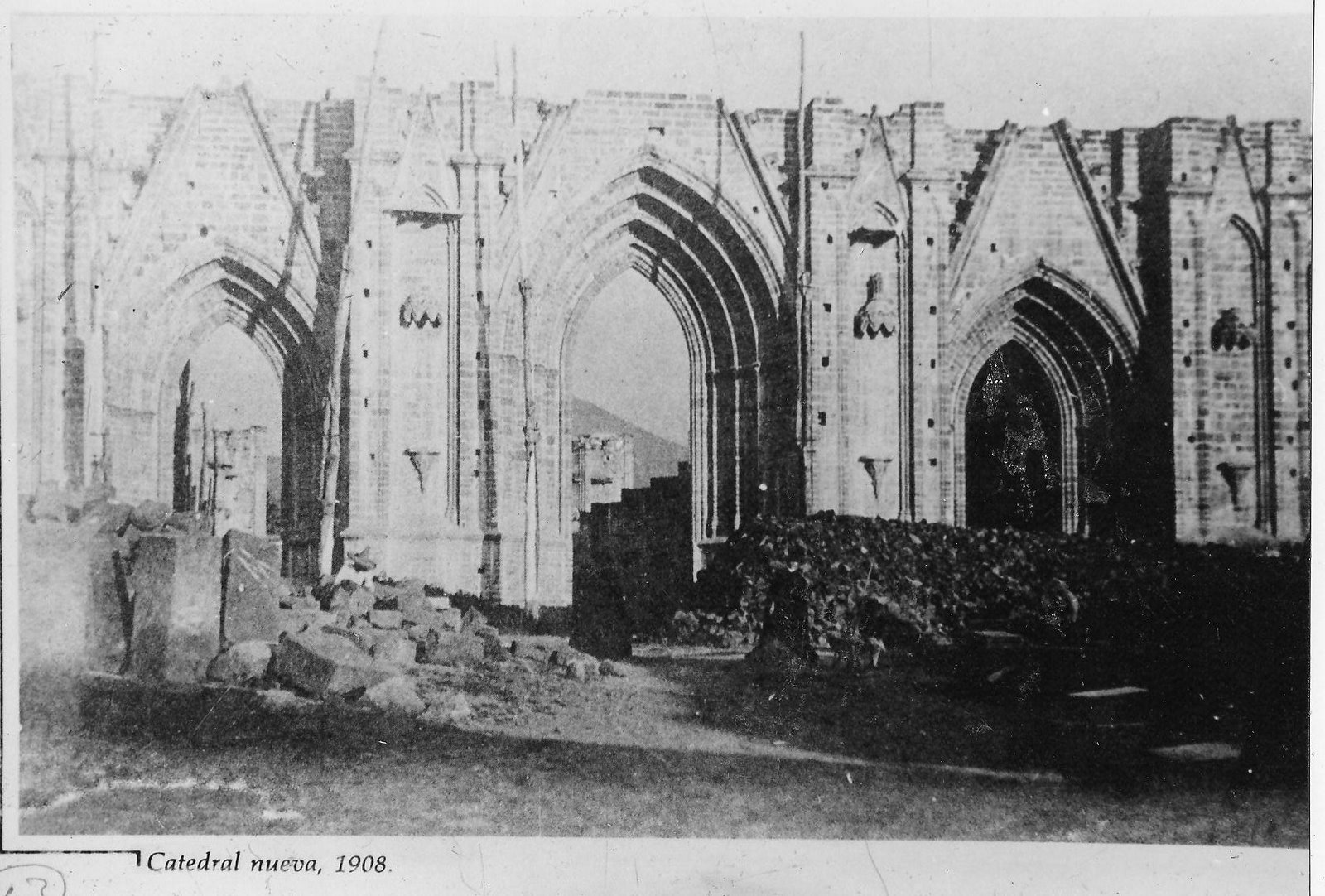|
Zamora, Michoacán
Zamora de Hidalgo () is a city in the States of Mexico, Mexican state of Michoacán. The 2010 census population was 141,627. making it the third largest city in the state. The city is the municipal seat of Zamora Municipality, Michoacán, Zamora Municipality, which has an area of 330.97 km2 (127.79 sq mi) and includes many other smaller communities, the largest of which is ''Ario de Rayón'' (formerly known as ''Ario de Santa Mónica''). The municipality's population is around 186,102, which makes it the second most populous urban area in the state. The city of Zamora is an important economic center in the state and the most significant population center between the cities of Morelia, Michoacan, Morelia and Guadalajara, Jalisco, Guadalajara. The city is located on the Tarascan Plateau in the northwestern part of the state, at an elevation of 1,567 m (5,141 ft) above sea level. Zamora is surrounded by the fertile Tziróndaro Valley which is an important agricultural area ... [...More Info...] [...Related Items...] OR: [Wikipedia] [Google] [Baidu] |
Mexico
Mexico, officially the United Mexican States, is a country in North America. It is the northernmost country in Latin America, and borders the United States to the north, and Guatemala and Belize to the southeast; while having maritime boundary, maritime boundaries with the Pacific Ocean to the west, the Caribbean Sea to the southeast, and the Gulf of Mexico to the east. Mexico covers 1,972,550 km2 (761,610 sq mi), and is the List of countries by area, thirteenth-largest country in the world by land area. With a population exceeding 130 million, Mexico is the List of countries by population, tenth-most populous country in the world and is home to the Hispanophone#Countries, largest number of native Spanish speakers. Mexico City is the capital and List of cities in Mexico, largest city, which ranks among the List of cities by population, most populous metropolitan areas in the world. Human presence in Mexico dates back to at least 8,000 BC. Mesoamerica, considered a cradle ... [...More Info...] [...Related Items...] OR: [Wikipedia] [Google] [Baidu] |
Pre-Columbian
In the history of the Americas, the pre-Columbian era, also known as the pre-contact era, or as the pre-Cabraline era specifically in Brazil, spans from the initial peopling of the Americas in the Upper Paleolithic to the onset of European colonization of the Americas, European colonization, which began with Christopher Columbus's voyage in 1492. This era encompasses the history of Indigenous peoples of the Americas, Indigenous cultures prior to significant European influence, which in some cases did not occur until decades or even centuries after Columbus's arrival. During the pre-Columbian era, many civilizations developed permanent settlements, cities, agricultural practices, civic and monumental architecture, major Earthworks (archaeology), earthworks, and Complex society, complex societal hierarchies. Some of these civilizations had declined by the time of the establishment of the first permanent European colonies, around the late 16th to early 17th centuries, and are know ... [...More Info...] [...Related Items...] OR: [Wikipedia] [Google] [Baidu] |
Mexican Revolution
The Mexican Revolution () was an extended sequence of armed regional conflicts in Mexico from 20 November 1910 to 1 December 1920. It has been called "the defining event of modern Mexican history". It saw the destruction of the Federal Army, its replacement by a Liberation Army of the South, revolutionary army, and the transformation of Mexican culture and Federal government of Mexico, government. The northern Constitutionalists in the Mexican Revolution, Constitutionalist faction prevailed on the battlefield and drafted the present-day Constitution of Mexico, which aimed to create a strong central government. Revolutionary generals held power from 1920 to 1940. The revolutionary conflict was primarily a civil war, but foreign powers, having important economic and strategic interests in Mexico, figured in the outcome of Mexico's power struggles; United States involvement in the Mexican Revolution, the U.S. involvement was particularly high. The conflict led to the deaths of around ... [...More Info...] [...Related Items...] OR: [Wikipedia] [Google] [Baidu] |
Châteauesque
Châteauesque (or Francis I style,Whiffen, Marcus, ''American Architecture Since 1780: A guide to the styles'', The MIT Press, Cambridge, MA, 1969, p. 142. or in Canada, the Château Style) is a revivalist architectural style based on the French Renaissance architecture of the monumental châteaux of the Loire Valley from the late fifteenth century to the early seventeenth century. The term ''châteauesque'' (literally, "château-like") is credited (by historian Marcus Whiffen) to American architectural historian Bainbridge Bunting, although it can be found in publications that pre-date Bunting's birth. As of 2011, the Getty Research Institute's ''Art & Architecture Thesaurus'' includes both "Château Style" and "Châteauesque", with the former being the preferred term for North America. The style frequently features buildings heavily ornamented by the elaborate towers, spires, and steeply-pitched roofs of sixteenth century châteaux, themselves influenced by late Gothi ... [...More Info...] [...Related Items...] OR: [Wikipedia] [Google] [Baidu] |
Victorian Architecture
Victorian architecture is a series of Revivalism (architecture), architectural revival styles in the mid-to-late 19th century. ''Victorian'' refers to the reign of Queen Victoria (1837–1901), called the Victorian era, during which period the styles known as Victorian were used in construction. However, many elements of what is typically termed "Victorian" architecture did not become popular until later in Victoria's reign, roughly from 1850 and later. The styles often included interpretations and Eclecticism in architecture, eclectic Revivalism (architecture), revivals of historic styles ''(see Historicism (art), historicism)''. The name represents the British and French custom of naming architectural styles for a reigning monarch. Within this naming and classification scheme, it followed Georgian architecture and later Regency architecture and was succeeded by Edwardian architecture. Although Victoria did not reign over the United States, the term is often used for American sty ... [...More Info...] [...Related Items...] OR: [Wikipedia] [Google] [Baidu] |
Cathedral Of Our Lady Of Guadalupe, Zamora
Also known simply as Sanctuary of Our Lady of Guadalupe (Spanish: ''Santuario de Nuestra Señora de Guadalupe'') is a Gothic revival Catholic cathedral located in Zamora, Michoacán, Mexico. The towers reach a height of 107.5 meters, making it List of tallest church buildings, the tallest church building in Mexico. History The cornerstone of the cathedral was laid on February 2, 1898, the feast of Candlemas, by the second Roman Catholic Diocese of Zamora in Mexico, bishop of Zamora, Don (honorific), Don Roman Catholic Diocese of Zamora in Mexico, Jose Ma. Càzares y Martinez. The architectural plan is attributed to the Zamoran architect Jesús Hernández Segura. The diocese had been established in 1862 and needed a cathedral. Beginning Construction started in 1898, with a crew of more than 300 men working on the site. It was designed in the Gothic revival style with an unusual twist, a dome over the crossing (architecture), crossing. The cathedral would contain five extensive nav ... [...More Info...] [...Related Items...] OR: [Wikipedia] [Google] [Baidu] |
Porfiriato
The Porfiriato or Porfirismo (, ), coined by Mexican historian Daniel Cosío Villegas, is a term given to the period when General Porfirio Díaz ruled Mexico under an Authoritarianism, authoritarian military dictatorship in the late 19th and early 20th centuries. Seizing power in Plan of Tuxtepec, a coup in 1876, Díaz pursued a policy of "order and progress," inviting foreign investment in Mexico and maintaining social and political order, by force if necessary. There were significant economic, technological, social, and cultural changes during this period. As Díaz approached his 80th birthday in 1910, having been continuously elected since 1884, he still had not put in place a plan for his succession. The fraudulent 1910 Mexican general election, 1910 elections are usually seen as the end of the Porfiriato. Violence broke out, Díaz was forced to resign and go into exile, and Mexico experienced a decade of regional civil war, the Mexican Revolution. Porfiriato as a histor ... [...More Info...] [...Related Items...] OR: [Wikipedia] [Google] [Baidu] |
Pelagio Antonio De Labastida Y Dávalos
Pelagio Antonio de Labastida y Dávalos (March 21, 1816, Zamora, Michoacán — February 4, 1891, Oacalco, Morelos) was a Mexican Roman Catholic prelate, lawyer and doctor of canon law, and politician. He was a member of the imperial regency that invited Maximilian of Austria to accept the throne of Mexico. Career Ecclesiastical career He entered the Seminario Conciliar of Morelia in 1830, where he was later professor and director. His classmates in the seminary included Clemente Murguía, future archbishop of Michoacán, and Melchor Ocampo, future foreign minister of the Republic. Labastida was ordained in 1839. He soon became known as a conservative orator, preaching against all liberal and democratic ideas and against the Freemasons. He was a canon in Morelia in 1854. He opposed the doctrines of liberals Melchor Ocampo and Miguel Lerdo de Tejada from the pulpit, calling them heretical. After the triumph of the Conservatives and on the nomination of Antonio López de San ... [...More Info...] [...Related Items...] OR: [Wikipedia] [Google] [Baidu] |
1824 Constitution Of Mexico
The Federal Constitution of the United Mexican States of 1824 () was the first constitution of Mexico, enacted on October 4 of 1824, inaugurating the First Mexican Republic. Background During the Mexican War of Independence, the liberal dominated Spanish Cortes of Cádiz had included representatives from the colonies, and taken into account many of the colonial grievances which were leading to independence. The consequent liberal Spanish Constitution of 1812, Constitution of 1812, was promulgated during the insurgency led by José María Morelos. It established a system of 'provincial deputations' which granted more autonomy to local governments in the colonies while also providing for freedom of speech. The newly liberated Mexican press however simply inflamed anti-Spanish sentiment, Morelos' rebellion continued, and on the pretext of necessity for subduing the rebels, the constitution was suspended in New Spain the same year it was proclaimed, making Mexican liberals lose hop ... [...More Info...] [...Related Items...] OR: [Wikipedia] [Google] [Baidu] |
Zamora (Spain)
Zamora () is a city and municipality of Spain located in the autonomous community of Castile and León. It is the capital of the province of Zamora. The city straddles the Duero river. With its 24 characteristic Romanesque style churches of the 12th and 13th centuries it has been called a "museum of Romanesque art". Zamora is the city with the most Romanesque churches in all of Europe. The most important celebration in Zamora is Holy Week. Zamora is part of the natural ''comarca'' of Tierra del Pan and it is the head of the judicial district of Zamora. History The city was founded early in the Bronze Age and was later occupied during the Iron Age by the Celtic people of the Vacceos who called it Ocalam. After the Roman victory over the Lusitanian hero Viriathus the settlement was named by the Romans ''Occelum Durii'' or '' Ocellodurum'' (literally, "Eye of the Duero"). During Roman rule it was in the hands of the Vaccaei, and was incorporated into the Roman province of Hispa ... [...More Info...] [...Related Items...] OR: [Wikipedia] [Google] [Baidu] |
Spanish Colonization Of The Americas
The Spanish colonization of the Americas began in 1493 on the Caribbean island of Hispaniola (now Haiti and the Dominican Republic) after the initial 1492 voyage of Genoa, Genoese mariner Christopher Columbus under license from Queen Isabella I of Castile. These overseas territories of the Spanish Empire were under the jurisdiction of Crown of Castile until the last territory was lost in Spanish–American War, 1898. Spaniards saw the dense populations of indigenous peoples of the Americas, Indigenous peoples as an important economic resource and the territory claimed as potentially producing great wealth for individual Spaniards and the crown. Religion played an important role in the Spanish conquest and incorporation of indigenous peoples, bringing them into the Catholic Church peacefully or by force. The crown created civil and religious structures to administer the vast territory. Spanish men and women settled in greatest numbers where there were dense indigenous populations ... [...More Info...] [...Related Items...] OR: [Wikipedia] [Google] [Baidu] |
Viceroy
A viceroy () is an official who reigns over a polity in the name of and as the representative of the monarch of the territory. The term derives from the Latin prefix ''vice-'', meaning "in the place of" and the Anglo-Norman ''roy'' (Old French ''roi'', ''roy''), meaning "king". This denotes the position as one who acts on behalf of a king or monarch. A viceroy's territory may be called a viceroyalty, though this term is not always applied. The adjective form is ''viceregal'', less often ''viceroyal''. The term ''vicereine'' is sometimes used to indicate a female viceroy '' suo jure'', although ''viceroy'' can serve as a gender-neutral term. Vicereine is more commonly used to indicate a viceroy's wife, known as the ''viceregal consort''. The term has occasionally been applied to the governors-general of the Commonwealth realms, who are ''viceregal'' representatives of the monarch. The position of a viceroy is by royal appointment rather than a noble rank. An individual vicer ... [...More Info...] [...Related Items...] OR: [Wikipedia] [Google] [Baidu] |







